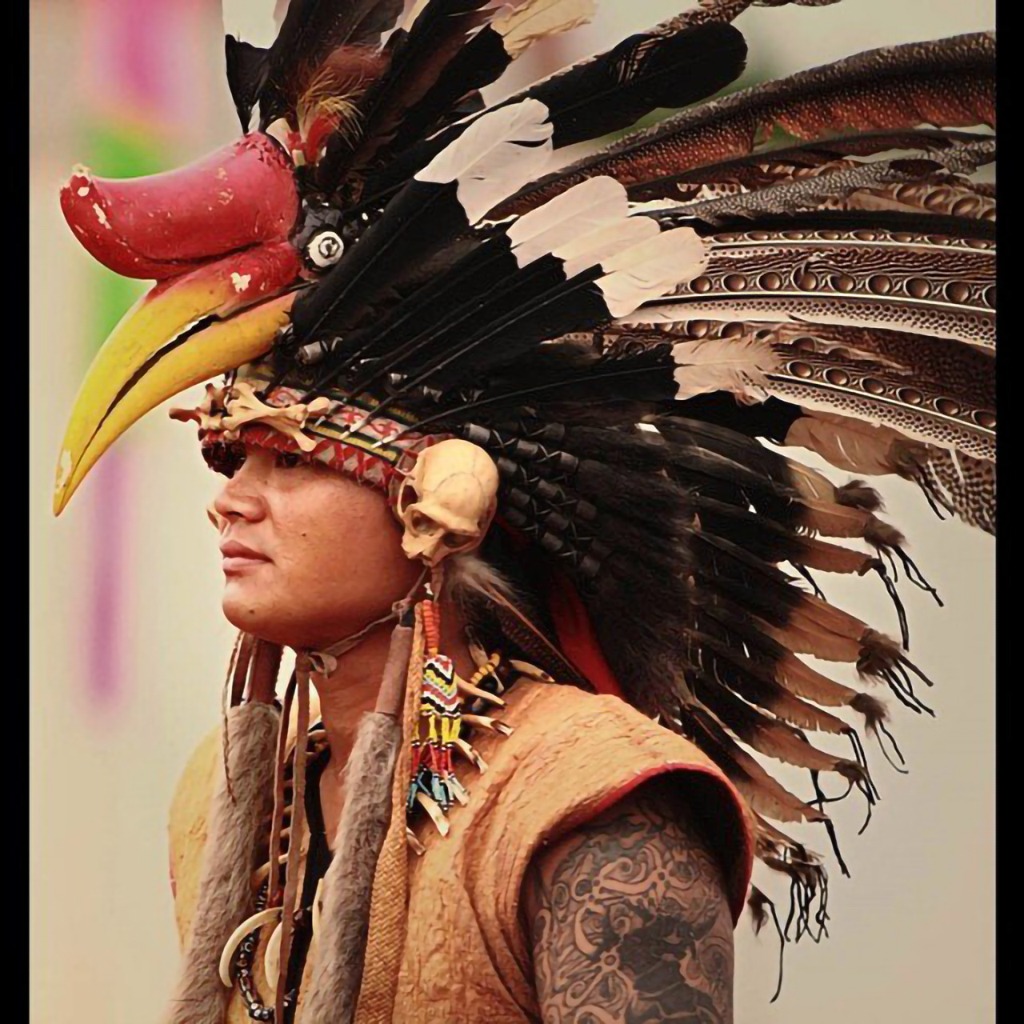
Native American And Dayak
Comparing Native Americans and Dayak People: Cultural Similarities and Differences
Discover the fascinating parallels between Native Americans and the Dayak people, exploring their rich cultural traditions, spiritual practices, and connections to nature. A brief yet insightful comparison of two remarkable indigenous communities.


Comparing Native Americans and Dayak People: A Cultural Perspective
Throughout history, Indigenous peoples around the world have shared profound connections to their land, traditions, and spirituality. Two fascinating groups to compare are the Native Americans of North America and the Dayak people of Borneo, Southeast Asia. Both are known for their deep-rooted cultures, intricate rituals, and a shared reverence for nature. While separated by geography, their cultural practices and beliefs offer intriguing parallels.
Who Are the Dayak People?
The Dayak people are the Indigenous inhabitants of Borneo, an island shared by Indonesia, Malaysia, and Brunei. Known for their vibrant traditions, they have historically been skilled in agriculture, hunting, and craftsmanship. Dayak culture is heavily influenced by animism, a belief system that emphasizes the spiritual essence in all things, including plants, animals, and natural phenomena.
Who Are Native Americans?
Native Americans, the Indigenous peoples of the Americas, include diverse tribes and nations with rich traditions that vary widely. Like the Dayak, Native American cultures often center around a deep spiritual connection to the land and nature. Their practices include rituals to honor ancestors, storytelling, and ceremonies that align with the rhythms of the Earth.
Cultural Similarities
- Animistic Beliefs – Both Native Americans and Dayak people share animistic traditions, viewing the natural world as alive with spirits. They honor these spirits through ceremonies, offerings, and prayers to maintain harmony with nature.
- Art and Symbolism – Art plays a vital role in both cultures, serving as a medium for storytelling, spiritual expression, and identity. Native American beadwork and totem poles find parallels in Dayak tattoos and carvings, each filled with symbolic meaning.
- Rites of Passage – Both groups practice rites of passage that mark significant life transitions, such as adulthood, marriage, or death. These ceremonies often involve intricate rituals to invoke blessings and protection from ancestors or deities.
- Connection to Land – The connection to land is sacred for both groups. Dayak people view forests and rivers as spiritual domains, while Native Americans often consider mountains, plains, and waterways as homes to spiritual entities.
Key Differences
- Geography and Ecosystems – Native Americans inhabit diverse environments ranging from deserts to forests, while the Dayak people primarily reside in tropical rainforests. This difference influences their lifestyles, diets, and traditional crafts.
- Spiritual Practices – Although both cultures share animistic elements, their rituals and deities differ. Native American spirituality often involves sun dances, sweat lodges, and vision quests, whereas Dayak rituals include spirit summoning and agricultural ceremonies.
- Historical Context – Native Americans have faced centuries of colonization and displacement in North America, while the Dayak people experienced similar challenges during European colonialism in Southeast Asia. However, their histories unfolded in distinct political and cultural contexts.
Why Compare These Cultures?
Exploring the similarities and differences between Native Americans and the Dayak people helps us appreciate the diversity of human expression while recognizing shared values across continents. Both cultures remind us of the importance of living in harmony with the natural world and preserving Indigenous wisdom.
By understanding the interconnectedness of these two groups, we gain a deeper respect for their unique legacies and enduring contributions to global cultural heritage.





Responses